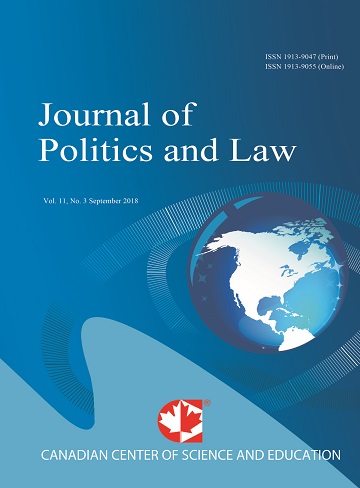Constitution-Building Bodies and the Sequencing of Public Participation A Comparison of Seven Empirical Cases
- Abrak Saati
Abstract
Constitution-building is one of the most salient aspects of transitional processes, from war to peace or from authoritarian rule, in terms of establishing and strengthening democracy. This paper is part of a research project that aims to identify the circumstances under which constitution-building can strengthen democracy after violent conflict and during transitions from authoritarian rule. Previous research has indicated that the actions and relations of political elites from opposing political parties when making the constitution has bearing on the state of democracy post promulgation, but that the careful sequencing of public participation in the process can be of relevance as well. This paper conducts a systematic analysis of seven empirical cases and focuses the investigation to the type of constitution-building body that has been employed and to during what stage of the process the general public have been invited to participate. It concludes that popularly elected constitution-building bodies tend to include a broad range of political parties and that they, additionally, tend to have rules of procedure that encourage compromise and negotiation, whereas appointed bodies are dominated by one single party or one single person and do not have rules of procedure that necessitate compromise. The paper also discusses the potential need for political elites to have negotiated a number of baseline constitutional principles prior to inviting the general public to get involved in the constitution-building process, and concludes that this is an area of research in need of further in-depth empirical case-studies.
- Full Text:
 PDF
PDF
- DOI:10.5539/jpl.v10n3p13
Journal Metrics
h-index (2017): 14
i10-index (2017): 39
h5-index (2017): 9
h5-median (2017): 11
Index
- Academic Journals Database
- ACNP
- ANVUR (Italian National Agency for the Evaluation of Universities and Research Institutes)
- Berkeley Library
- CNKI Scholar
- COPAC
- CrossRef
- DTU Library
- EBSCOhost
- Elektronische Zeitschriftenbibliothek (EZB)
- EuroPub Database
- Excellence in Research for Australia (ERA)
- Genamics JournalSeek
- GETIT@YALE (Yale University Library)
- Ghent University Library
- Google Scholar
- Harvard Library
- HeinOnline
- INDEX ISLAMICUS
- Infotrieve
- Jisc Library Hub Discover
- JournalGuide
- JournalTOCs
- LOCKSS
- MIAR
- Mir@bel
- NewJour
- Norwegian Centre for Research Data (NSD)
- Open J-Gate
- PKP Open Archives Harvester
- Publons
- Pubmed journal list
- RePEc
- ROAD
- Scilit
- SHERPA/RoMEO
- Standard Periodical Directory
- Stanford Libraries
- UCR Library
- Ulrich's
- UniCat
- Universe Digital Library
- UoS Library
- WorldCat
- Zeitschriften Daten Bank (ZDB)
Contact
- William TaiEditorial Assistant
- jpl@ccsenet.org
